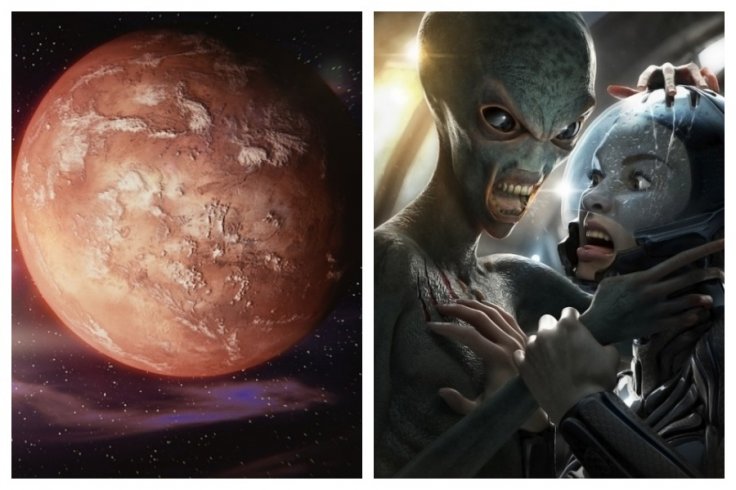It was around a few hours back that press briefing hosted by the Royal Astronomical Society (RAS) confirmed the existence of phosphine in the atmosphere of Venus. Researchers who took part in the study that include scientists at the Massachusetts Institute of Technology (MIT) suggested that phosphine in the Venusian atmosphere could be an indication of life thriving on Venus.
Then Mars, Now Venus
Calling it an exciting discovery, researchers revealed that the atmosphere on Venus could be a living habitat for alien life forms, at least in its microbial forms. However, researchers admitted that the presence of phosphine cannot be considered concrete evidence of alien life thriving on Venus, instead, it is an indication that life could be living on the planet.
Researchers also revealed that unknown new chemistry could have resulted in the formation of phosphine. However, the research team who carried out the study, at the end of the press conference, shared their hope that the clouds in Venus could be hosting life.

This is not the first time that scientists are detecting abnormal emissions on distant planets. A few months back, NASA's Curiosity Rover had detected a couple of giant plumes of methane on Mars, and many experts claimed that as a positive sign that hints at the presence of extraterrestrial life on the Red Planet.
Interestingly, on earth, more than 90 percent of the methane emission in the atmosphere is caused by microbes, and if the same is the case with Mars, then the possibilities of Mars hosting life could be very high. But skeptics reveal that methane emission on Mars could be the result of some geochemical reactions.
Earlier, in 2013, another measurement conducted by NASA had found that there could be very little to no methane on Mars. However, the recent surge in methane emissions literally excited space scientists, and they believe that mysteries surrounding alien life on Mars will be unveiled once NASA lands their next rover on the Red Planet.
Adding up the hope to find alien life, a study report published in the Journal of Astrobiology and Space Science had suggested that fungi and algae might be growing on the Martian surface. According to the research team who carried out this study, there are at least 15 images taken by the Curiosity Rover that show these mushroom shapes growing on Mars.
Not Just Planets, Moons Could Also Host Alien Life
As humanity is widening their horizon to discover alien life, Saturn's moon Enceladus is slowly emerging as a potential candidate where life could be thriving. In 2016, NASA detected the presence of methane in the icy plumes that were blasted out from the moon's interior. After this finding, several space scientists strongly suggested that certain kinds of bacteria are capable of surviving the extremely cold temperature in Enceladus.
Another study had suggested that microorganisms that could be living in the sea of Enceladus could be feeding on carbon dioxide and molecular hydrogen. This study also revealed that these living beings living in the cold sea might be releasing methane as a by-product.
Monica Grady, a professor of planetary and space science and the chancellor at Liverpool Hope University believes that Europa could be the most probable space body where humans will discover aliens in the future. According to Grady, life might be thriving beneath the ice sheet in Jupiter's moon. Grady also claimed Europa might be hosting complex alien life forms that have an intelligence very similar to octopuses.








